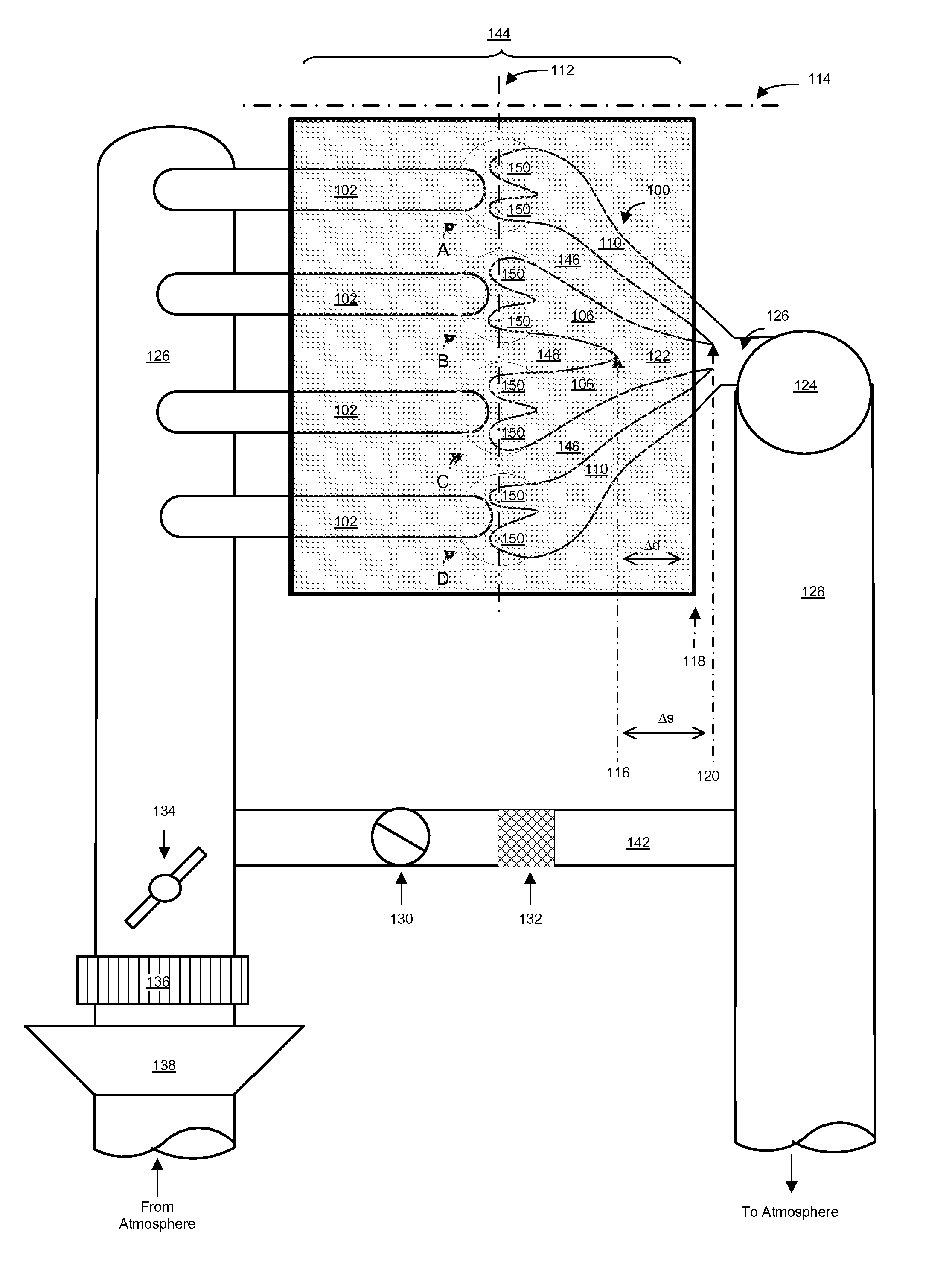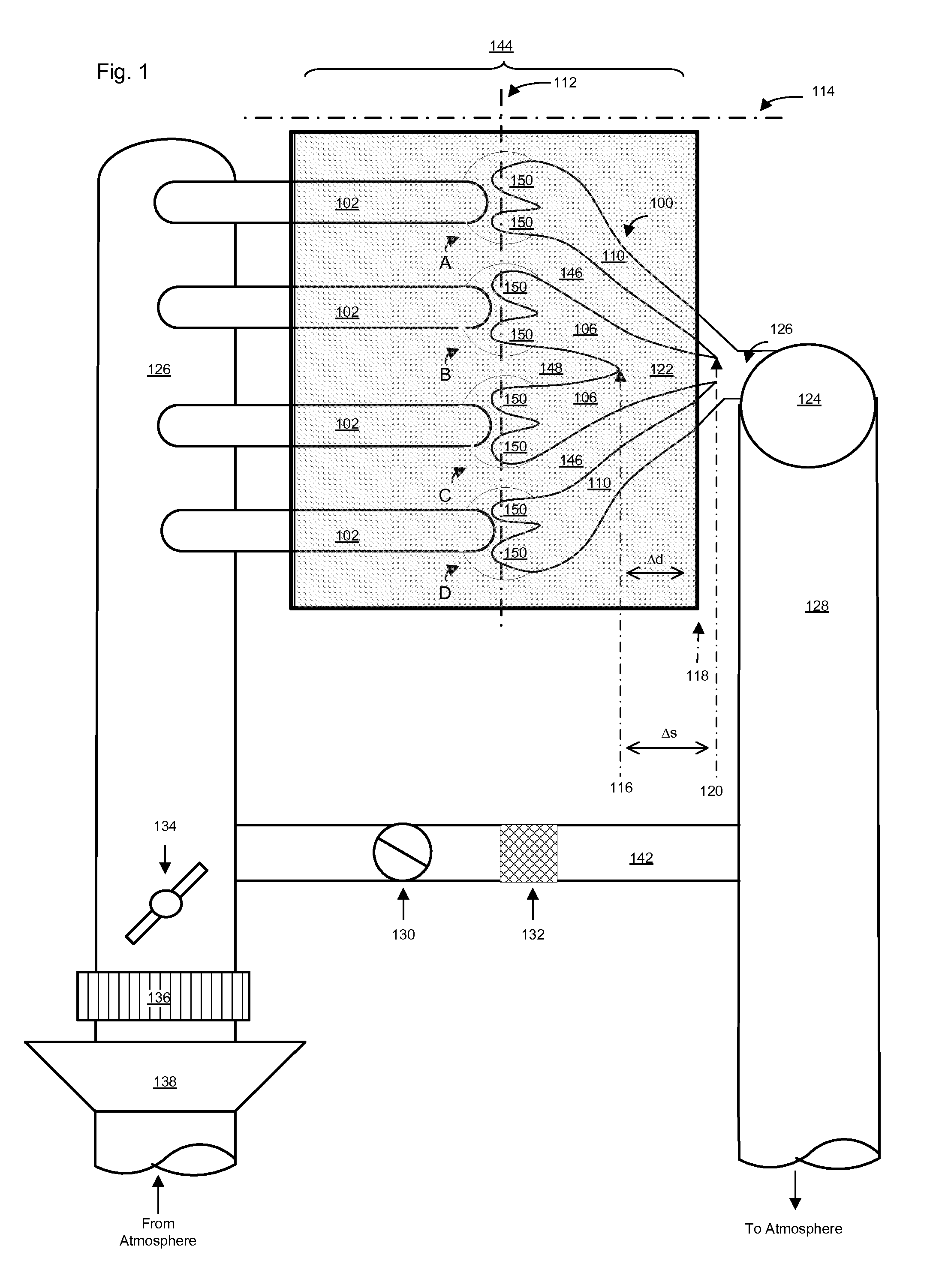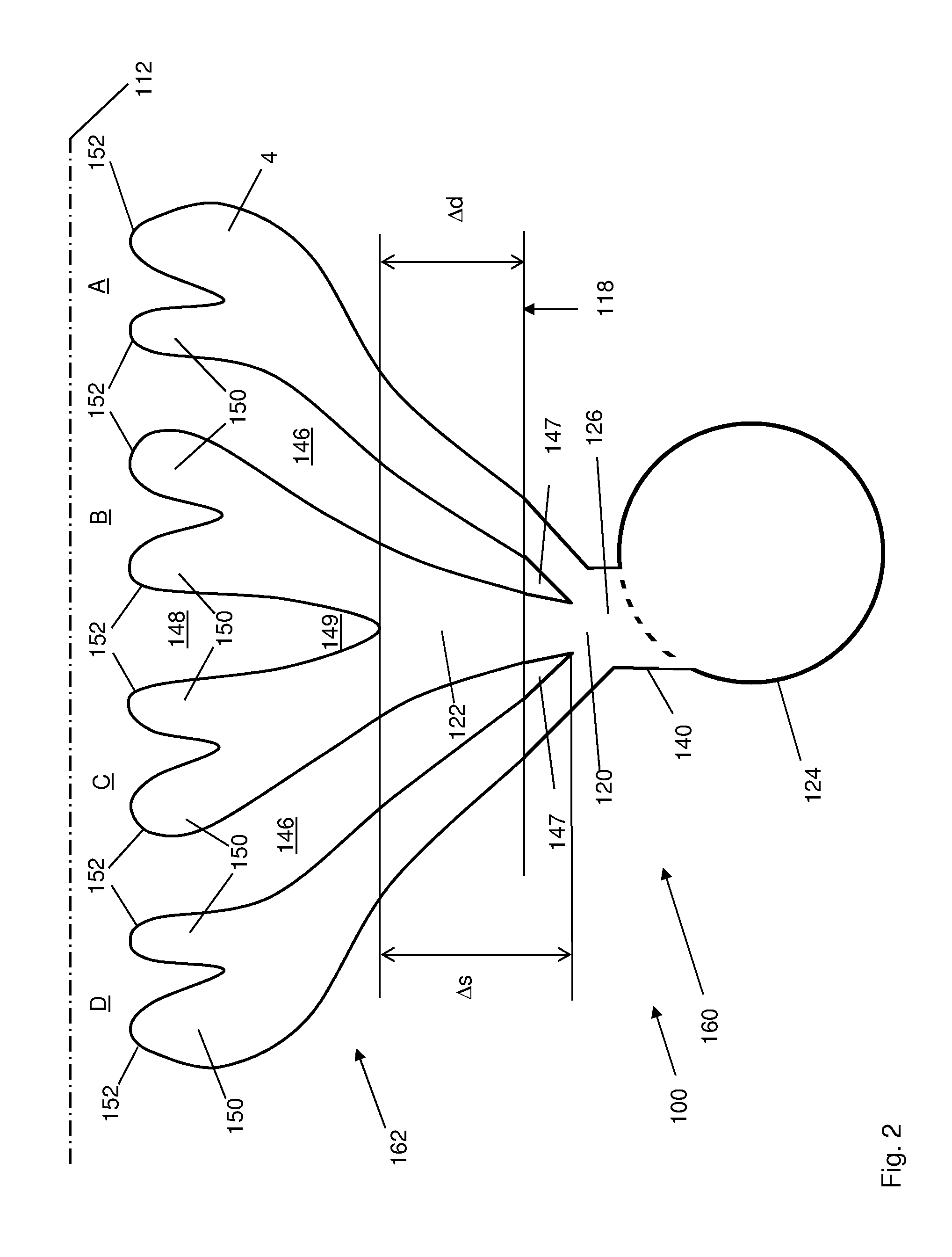Multi-cylinder internal combustion engine and method for operating such a multi-cylinder internal combustion engine
a multi-cylinder, internal combustion engine technology, applied in the direction of electric ignition installation, machines/engines, mechanical equipment, etc., can solve the problems of increased charge change losses, cylinder exhaust pipe discharge problems, and increased discharge losses, etc., to achieve high discharge efficiency, reduce choke losses, and facilitate the effect of flow cross-section opening
- Summary
- Abstract
- Description
- Claims
- Application Information
AI Technical Summary
Benefits of technology
Problems solved by technology
Method used
Image
Examples
Embodiment Construction
[0011]In an engine, the cylinder head frequently serves to hold the valve gear. To control the charge change, an engine often utilizes control elements and actuation devices to activate the control elements. In the context of the charge change, combustion gasses are expelled via the exhaust ports and a fresh mixture or fresh air is drawn in via the inlet ports, filling the combustion chamber. To control charge change reciprocating valves are used as control elements, almost exclusively in four stroke engines. The reciprocating valves execute an oscillating reciprocal motion during operation of the engine and thus open and close the inlet and exhaust ports. A valve gear is a valve actuating mechanism able to move the valves. A valve actuating device frequently comprises a camshaft on which multiple cams are arranged.
[0012]The function of the valve gear is to open and close the inlet and exhaust ports of the cylinders at the correct time, wherein the aim is rapid opening of a flow cro...
PUM
 Login to View More
Login to View More Abstract
Description
Claims
Application Information
 Login to View More
Login to View More - R&D
- Intellectual Property
- Life Sciences
- Materials
- Tech Scout
- Unparalleled Data Quality
- Higher Quality Content
- 60% Fewer Hallucinations
Browse by: Latest US Patents, China's latest patents, Technical Efficacy Thesaurus, Application Domain, Technology Topic, Popular Technical Reports.
© 2025 PatSnap. All rights reserved.Legal|Privacy policy|Modern Slavery Act Transparency Statement|Sitemap|About US| Contact US: help@patsnap.com



